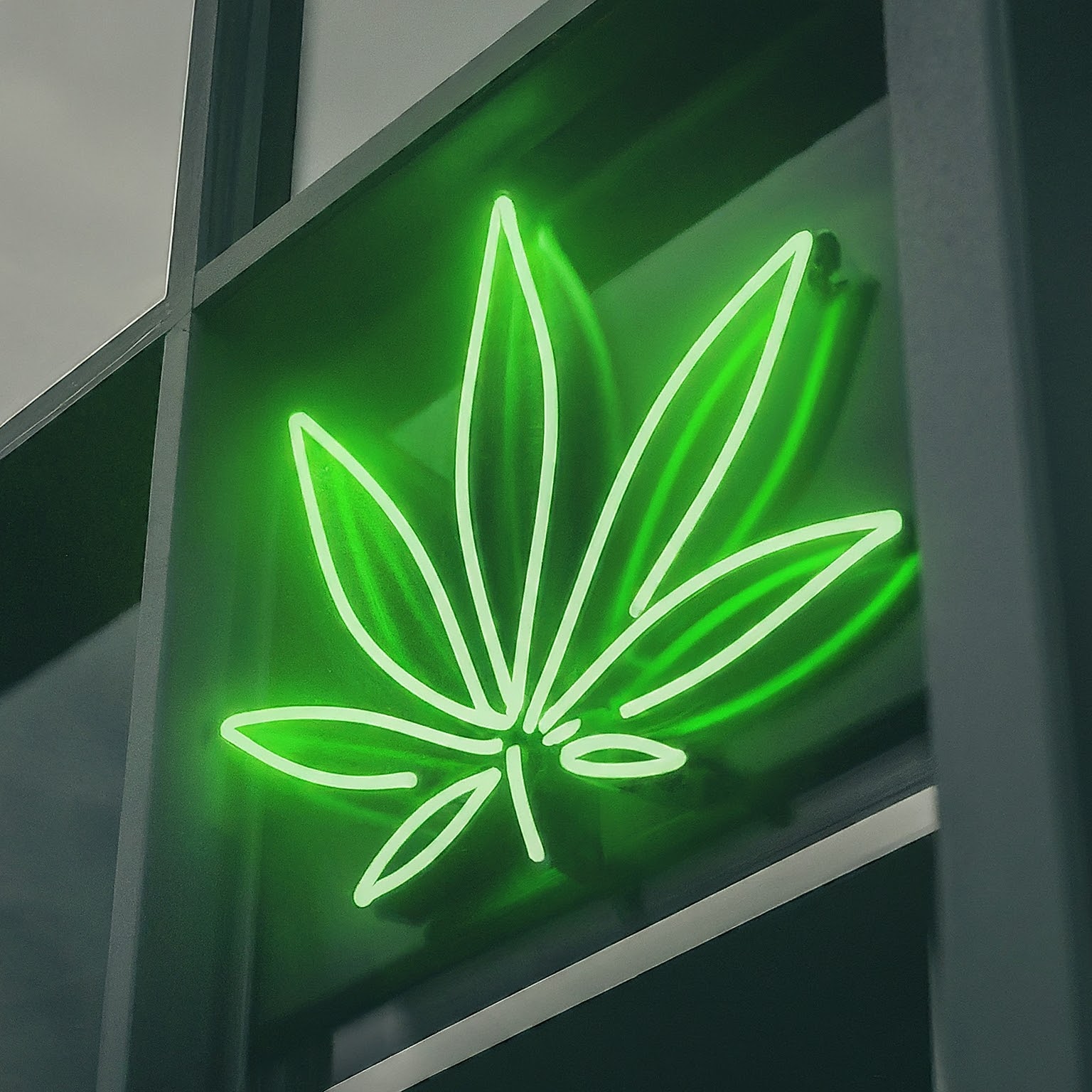Nevada recently opened its first marijuana consumption lounge, marking a potential shift in recreational use. Consumption lounges are venues where people can legally enjoy cannabis products in a social setting, similar to bars or cafes. They offer a new opportunity for entrepreneurs and consumers in the cannabis industry, but they also come with unique challenges and risks.
What are consumption lounges?
Consumption lounges are places where people can buy and consume cannabis products on site, such as edibles, drinks, vapes, or flower. They are designed to provide a safe, comfortable, and regulated environment for cannabis enthusiasts, tourists, and medical patients. Some lounges also offer entertainment, food, or other services to enhance the customer experience.
Consumption lounges are not a new concept, as they have existed for decades in countries like the Netherlands, Spain, or Canada. However, they are relatively new in the United States, where cannabis is still illegal at the federal level and subject to different state and local laws. Currently, only a handful of states, such as Alaska, California, Colorado, Michigan, Nevada, and New York, have authorized some form of on-site cannabis consumption.
What is the potential impact of consumption lounges?
Consumption lounges could have a positive impact on the tourism and cannabis industries, as well as the local economy and community. According to a report by PotGuide, consumption lounges could attract more visitors to cannabis-friendly destinations, especially those who are looking for a legal and convenient place to enjoy their products. Consumption lounges could also increase the demand and diversity of cannabis products, creating more opportunities for growers, manufacturers, and retailers. In addition, consumption lounges could contribute to the tax revenue and job creation in the cannabis sector, as well as the surrounding businesses and overall community development.
Consumption lounges could also have a positive impact on public health and safety, as they could reduce the incidence of illegal or unsafe cannabis consumption in public spaces, such as parks, sidewalks, or hotels. Consumption lounges could also provide a harm reduction approach, as they could educate consumers about responsible use, dosage, and effects of cannabis, as well as prevent impaired driving by offering alternative transportation options or designated drivers.
What are the potential challenges of consumption lounges?
Consumption lounges also face a number of challenges and risks, especially in terms of regulation, liability, and insurance. Consumption lounges have to comply with various state and local rules, such as zoning, licensing, security, ventilation, and testing, which can vary widely and change frequently. Consumption lounges also have to deal with the uncertainty and inconsistency of federal law, which still classifies cannabis as a Schedule I substance and prohibits its distribution and consumption across state lines.
Consumption lounges also have to manage the potential liability and insurance issues that arise from operating a business that involves intoxicating substances. Consumption lounges could be held liable for any injuries, damages, or losses that occur on their premises or as a result of their products or services, such as product liability, premises liability, or dram shop liability. Consumption lounges could also face difficulties in obtaining adequate and affordable insurance coverage, as many insurers are reluctant or unwilling to cover these establishments, due to the lack of data, experience, and standardization in the cannabis industry.
What’s next?
Consumption lounges are a growing trend in the cannabis industry, as they offer a new way of enjoying cannabis products in a social and legal setting. Consumption lounges could have a positive impact on the tourism and cannabis industries, as well as the local economy and community. However, consumption lounges also face a number of challenges and risks, especially in terms of regulation, liability, and insurance. Consumption lounges will have to overcome these obstacles and adapt to the changing market and consumer preferences, in order to succeed and thrive in the booming business of weed lounges.
Tags: Legality of Pot in US States, Resources
